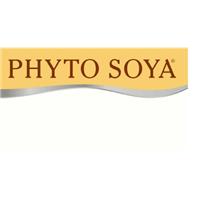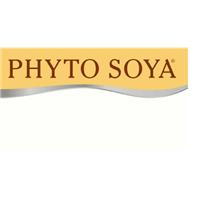Have you been diagnosed with premature ovarian failure (early menopause) within the last three years? If so, you could help to find a treatment for future generations… and maybe improve your own life a little!
Premature ovarian failure affects one in 20 women under 45. It is estimated that there are more than 7,000 women with premature ovarian failure living in the London boroughs of Lambeth and Southwark alone. .
It is a devastating diagnosis because it causes unpleasant menopausal symptoms, long term health risks, and greatly reduces the chance of becoming pregnant naturally. Very little research into the condition has been carried out.
The female hormone Oestrogen is used as a ‘replacement’ treatment, to boost low levels in the body, which in turn alleviates symptoms of the menopause. However, it is not known what the ‘best’ treatment is and the effects of taking no treatment are also unknown.
But that is about to change…
Doctors and researchers at Guy’s Hospital and King’s College London are looking for women aged between 18-44 years who have been diagnosed with premature ovarian failure (early menopause) within the last three years, to participate in a research study to help find out more about the best treatment for the condition and the exact effects of no treatment.
The study at Guy’s Hospital will compare the effects of active treatment with either hormone replacement therapy or the combined oral contraceptive pill, or no treatment, and will involve approximately 70 women.
Katy Hayward from Lancashire is one of the women taking part in the study. She was diagnosed with premature ovarian failure last year at 28 years old. She said: “I discovered I had gone through an early menopause a year ago and found myself searching for answers. I realised that by participating in research I can help researchers find the best ways to manage premature ovarian failure, and hopefully help improve health care services provided for women in my position in future.”
Details of the study and how to take part
Dr Beth Cartwright, from the Menopause Research Unit at Guy’s Hospital said: “Local women can help us to extend understanding of the early menopause by taking part in this important research study. They can choose whether to take treatment or not.
Through a number of tests, scans and questionnaires over a two year period, we will compare the effects of the different treatments and the no treatment option on bone health, cardiovascular health, sexual function, symptom control, psychological wellbeing and overall quality of life.
All women taking part will receive comprehensive care relevant to their premature ovarian failure and their participation will help in the treatment of early menopause in the future.”
Participation in the study involves seven visits to the Menopause Research Unit at Guy’s hospital over a two year period.
This includes;
– a screening visit to check eligibility to enrol
– DXA bone scans to monitor bone density
– ultrasound scans to look at the ovaries
– blood tests
These investigations are carried out at enrolment and after six, 12 and 24 months.
The DXA bone scan involves a very small amount of radiation which is similar to two days’ exposure to everyday background radiation. The blood test and ultrasound scan may cause slight discomfort.
For further information about the study, contact Dr Beth Cartwright in the Menopause Research Unit at Guy’s Hospital on 020 7188 3024 or email: beth.cartwright@kcl.ac.uk. By contacting the unit you are not obliged to take part.





